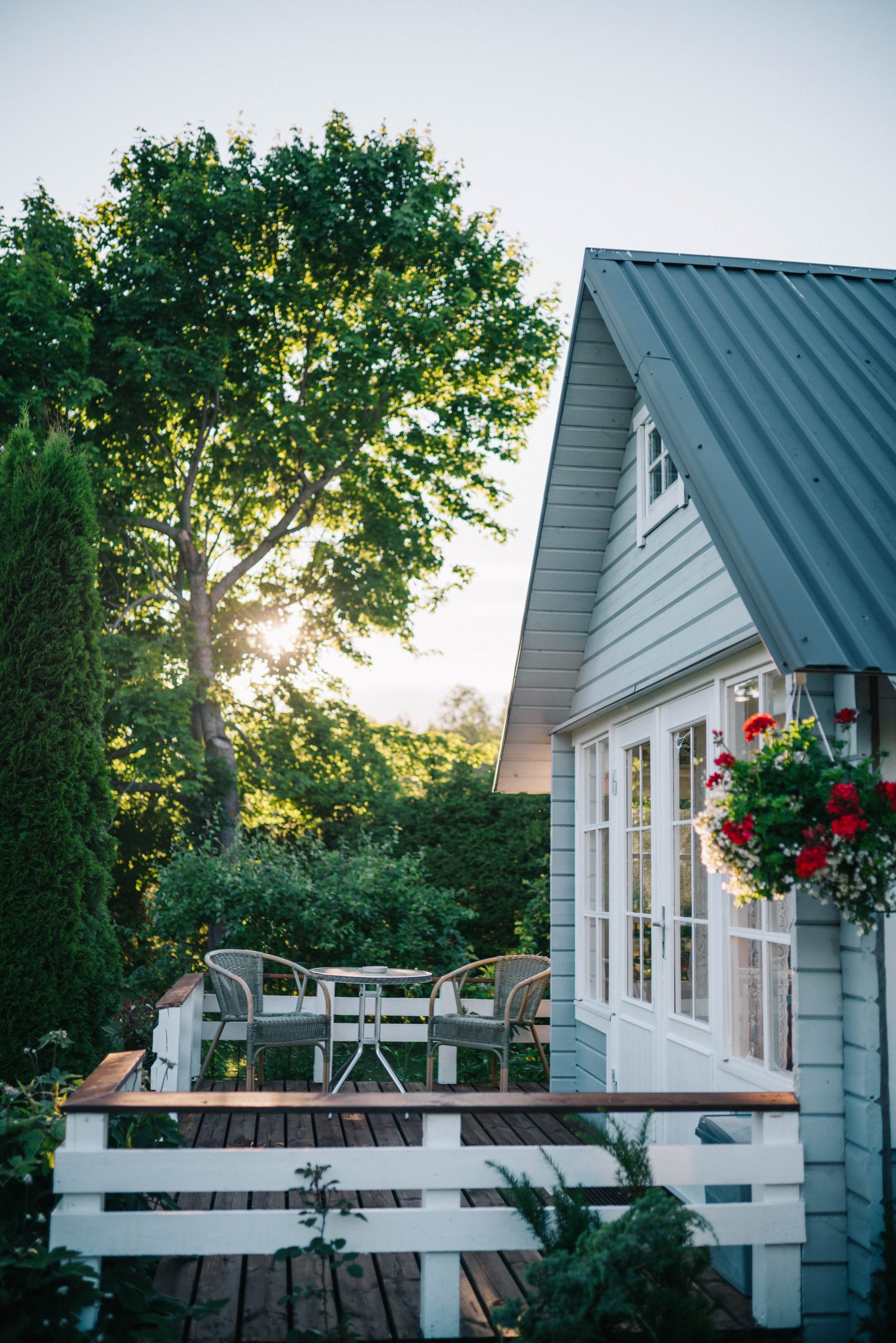Figuring out the best way to divide an estate among several heirs can get complicated
A popular regular feature in Good Times magazine is “Your Questions,” where Olev Edur provides answers to questions from our readers regarding their rights, personal finance, and estate planning. Here’s one on passing on a lakefront property:
Q: We own a lakefront property worth about $200,000. We have two daughters and four grandchildren. The elder daughter is our sole executor and has powers of attorney. We’d like all to share in our estate and have made allocations based on percentages: the elder daughter is to receive 35 per cent; the younger daughter, 25 per cent; and each grandchild, 10 per cent. However, the elder daughter would like us to leave her the lakefront property. How could this be done fairly? And how would the capital gains tax be figured out? (She is a co-owner of another home.) Finally, would transferring the property to her now reduce probate fees?
A: Although you don’t say so, I must presume that your total estate is of such a size that the lakefront property represents more than 35 per cent; otherwise, there shouldn’t be any problem in allocating the estate based on the percentages you propose.
That your elder daughter co-owns another property has no bearing on the initial tax treatment of this property in her hands: there are no inheritance taxes in Canada. If the lakefront house isn’t your principal residence—that is, if you own another property in which you live—then the estate itself would have to pay capital gains tax on any profits when the lakefront property’s ownership is transferred, regardless of who receives the property; if it can be designated as your principal residence, then there would be no such tax liability. In either case, if your elder daughter were to receive the property in its entirety, she would be responsible only for tax on capital gains accruing after the transfer.
Assuming the property represents the bulk of your estate, there are a few ways that you can equalize all your beneficiaries’ entitlements at the levels you indicate, while still passing the lakefront property to the elder daughter. First, assuming there is a tax liability for the estate, you could stipulate in your will that she reimburse the estate for that tax, as a means of reducing the net value of her inheritance.
If there is no such tax liability, or if covering the tax liability is insufficient to permit the distributions you want, then the elder daughter could be required to compensate the estate to a sufficient extent to allow those distributions. Say, for example, that your total estate is worth $300,000. Your elder daughter’s 35 per cent share would represent about $100,000, so she could be required to pay the estate the $100,000 difference between her entitlement and the property’s $200,000 value, and that money could then be distributed to the others.
Another possible way of achieving the results you desire is through the use of life insurance. If you were to purchase a policy that covers the estate’s tax costs or provides an amount sufficient to compensate the others—perhaps with the premiums being paid by the elder daughter—then the payout of the insurance policy, which would be tax-free, would enable you to make the distributions you desire.
And finally, yes, if you arrange for the lakefront property to be transferred directly to the elder daughter without it having to go through probate, either by putting it into joint ownership or by transferring it in toto before it reaches your estate, then you would not have to pay probate fees on that $200,000. In your home province of Ontario, these fees would be at least $2,500 (depending on how you allocate the first $50,000 of your estate, which is subject to a lower fee), so that’s quite a saving. The only cautionary note I would add, however, is that if you do this, you must also ensure that any equalization requirements are fulfilled by the elder daughter, perhaps by putting them into a legally enforceable promissory note.
Photo: iStock/LesPalenik.






